Machine Learning Roadmap for Beginners (2025 Edition)
- Generative AI Roadmap in 2025: Skills, Tools, and Opportunities - August 11, 2025
- Most Used Statistical Concepts in Data Analysis: A 2025 Guide - August 5, 2025
- SQL for beginners : A Complete Guide - June 24, 2025
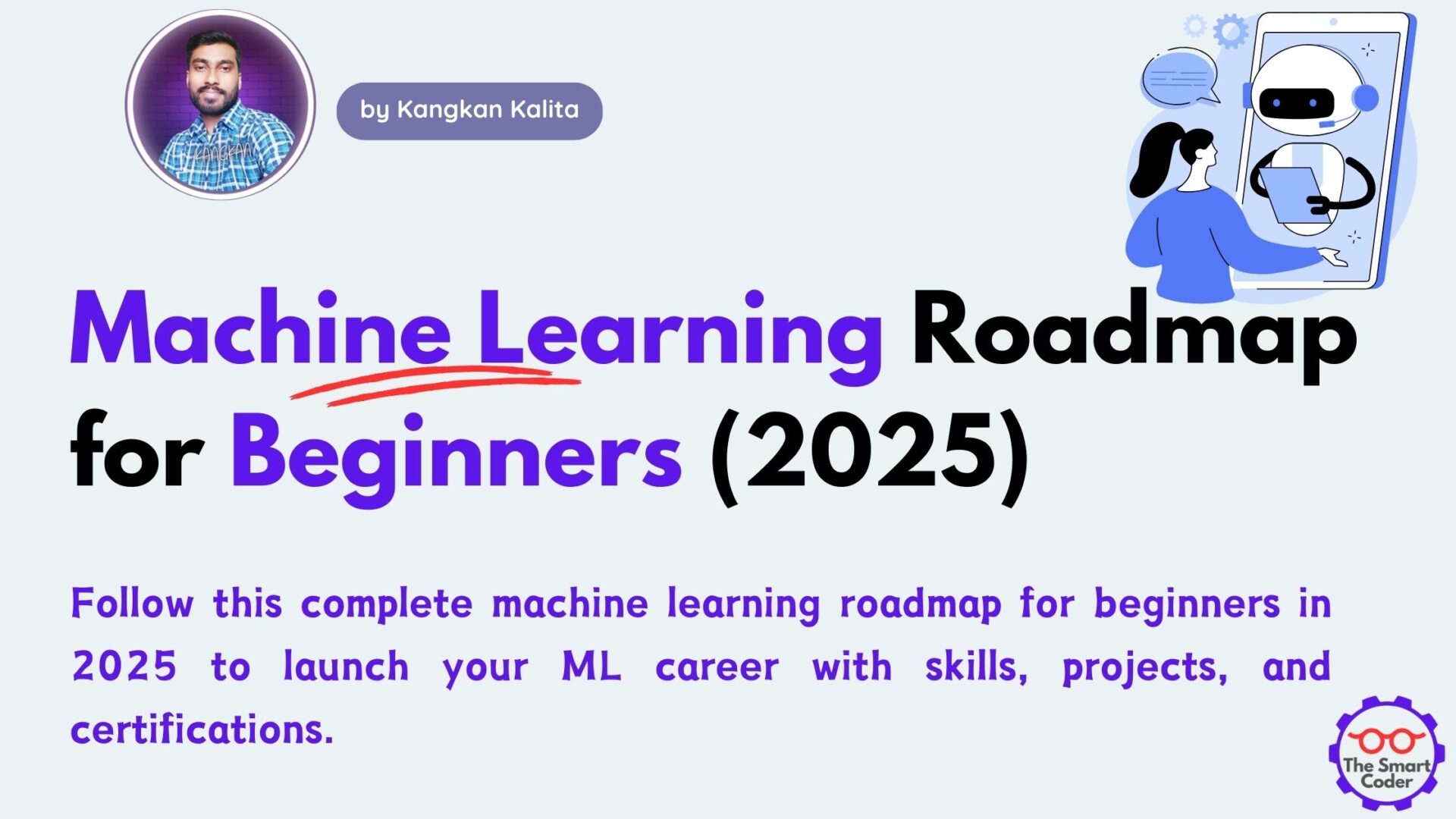
Machine learning (ML) is transforming industries, from healthcare to finance, and the demand for skilled ML engineers and AI specialists is skyrocketing. If you’re looking to step into this exciting field, having a clear and actionable machine learning roadmap is essential in 2025. Without direction, it’s easy to get overwhelmed by the massive amount of information available.
With a growing global focus on AI and automation, companies are actively seeking professionals who can create intelligent solutions. This machine learning roadmap will guide you through every step—whether you’re a college student, a working professional, or a self-taught tech enthusiast.
Let’s break down the complete machine learning learning path you should follow in 2025.
Step 1: Understand the Basics of Programming
Importance of Python
Python remains the top choice for machine learning. It’s beginner-friendly, has massive community support, and offers an endless list of ML libraries.
Why Python?
- Simple syntax
- Vast libraries (NumPy, Pandas, Scikit-learn)
- Easy integration with AI and deep learning frameworks
Recommended Resources
- Free: Python for Everybody (Coursera)
- Paid: “Automate the Boring Stuff with Python” (Book & Udemy course)
Step 2: Learn Mathematics for Machine Learning
Focus Areas
You don’t need to become a mathematician, but a strong foundation helps. Focus on:
- Linear Algebra: Vectors, matrices
- Calculus: Derivatives, gradients
- Probability & Statistics: Distributions, Bayes Theorem, mean/variance
Resource Suggestions
- Free: Khan Academy’s Linear Algebra, Probability & Statistics courses
- Paid: “Mathematics for Machine Learning” (Coursera)
A good grip here ensures you truly understand the algorithms you’ll be working with.
Step 3: Grasp Core Machine Learning Concepts
Before jumping into code, learn how machine learning works.
Supervised, Unsupervised, Reinforcement Learning
- Supervised Learning: Learn from labeled data (e.g., spam detection)
- Unsupervised Learning: Discover patterns without labels (e.g., customer segmentation)
- Reinforcement Learning: Learn through rewards and penalties (e.g., game playing AI)
Understanding these types helps you navigate the ML career roadmap wisely.
Step 4: Master Key Machine Learning Algorithms
Start with these popular ML algorithms to build a strong foundation:
- Linear Regression (predict continuous values)
- Logistic Regression (binary classification)
- Decision Trees (tree-structured models)
- Random Forests (ensemble of trees)
- K-Nearest Neighbors (classifies based on neighbors)
- Support Vector Machines (hyperplane separation)
- K-Means Clustering (grouping data)
Each algorithm represents a building block in your machine learning roadmap.
Step 5: Explore Python Libraries for ML
Libraries simplify ML coding, so mastering a few is crucial.
Essential Libraries
- NumPy: Numerical computing
- Pandas: Data manipulation
- Scikit-learn: Standard ML algorithms
- TensorFlow: Deep learning
- Keras: User-friendly deep learning API
These tools will fast-track your progress along the steps to learn machine learning.
Step 6: Work on Projects and Hands-On Practice
Theory alone won’t cut it—you need hands-on experience.
Why Projects Matter
- Solidify concepts
- Build a strong portfolio
- Boost confidence for job interviews
Beginner Project Ideas
- Iris flower classification (Scikit-learn)
- Titanic survival prediction (Kaggle dataset)
- House price prediction (linear regression project)
- Handwritten digit recognition (MNIST dataset)
Starting early with projects is a critical checkpoint on your machine learning learning path.
Step 7: Study Advanced Topics (Optional)
Once you’re comfortable with basics, move into specialized fields:
- Deep Learning: Neural networks, CNNs, RNNs
- Natural Language Processing (NLP): Text analysis, chatbots
- Computer Vision: Image recognition, object detection
Resources like DeepLearning.AI’s specialization on Coursera can help here.
Step 8: Build a Strong Portfolio and Resume
Creating a GitHub Portfolio
- Upload your project codes
- Write clear READMEs
- Maintain clean, organized repositories
How to Showcase ML Projects
- Add project links in your resume
- Write medium articles explaining your projects
- Create a portfolio website
A visible track record gives you a big edge when starting your ML career in 2025.
Step 9: Prepare for ML Jobs and Certifications
Top Certifications for Machine Learning
- TensorFlow Developer Certificate
- AWS Certified Machine Learning – Specialty
- IBM Machine Learning Professional Certificate
Certifications validate your skills and boost your profile.
Tips to Crack ML Interviews
- Practice coding daily (LeetCode, HackerRank)
- Understand ML theory (bias-variance tradeoff, overfitting, etc.)
- Build and discuss real-world projects
- Master common ML interview questions
Certifications and interview practice are the final key steps in your machine learning roadmap.
FAQ
How long does it take to complete the machine learning roadmap?
It typically takes 6-12 months if you study consistently (10-15 hours per week).
Can I learn machine learning without a degree?
Yes! Many successful ML engineers are self-taught through online courses, projects, and certifications.
What is the best way to start with machine learning in 2025?
Start by learning Python, mastering math fundamentals, and practicing basic ML algorithms through small projects.
Is machine learning a good career choice in 2025?
Absolutely! The demand for machine learning engineers and AI specialists is expected to keep rising over the next decade.
Should I learn deep learning first?
No, start with machine learning basics first. Deep learning is a specialization you can pursue later.
Conclusion
This machine learning roadmap lays out a clear, achievable path for beginners in 2025. Start by mastering programming and math basics, move into core ML concepts and algorithms, and back it up with hands-on projects. Once you’re confident, specialize in areas like deep learning or NLP, build a strong portfolio, and pursue certifications.
The journey might seem long, but remember—every ML expert today started exactly where you are now. Stay consistent, practice daily, and keep learning. The future is wide open for those willing to put in the effort!
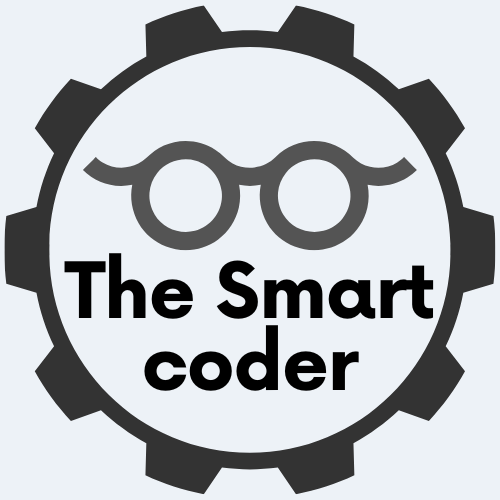
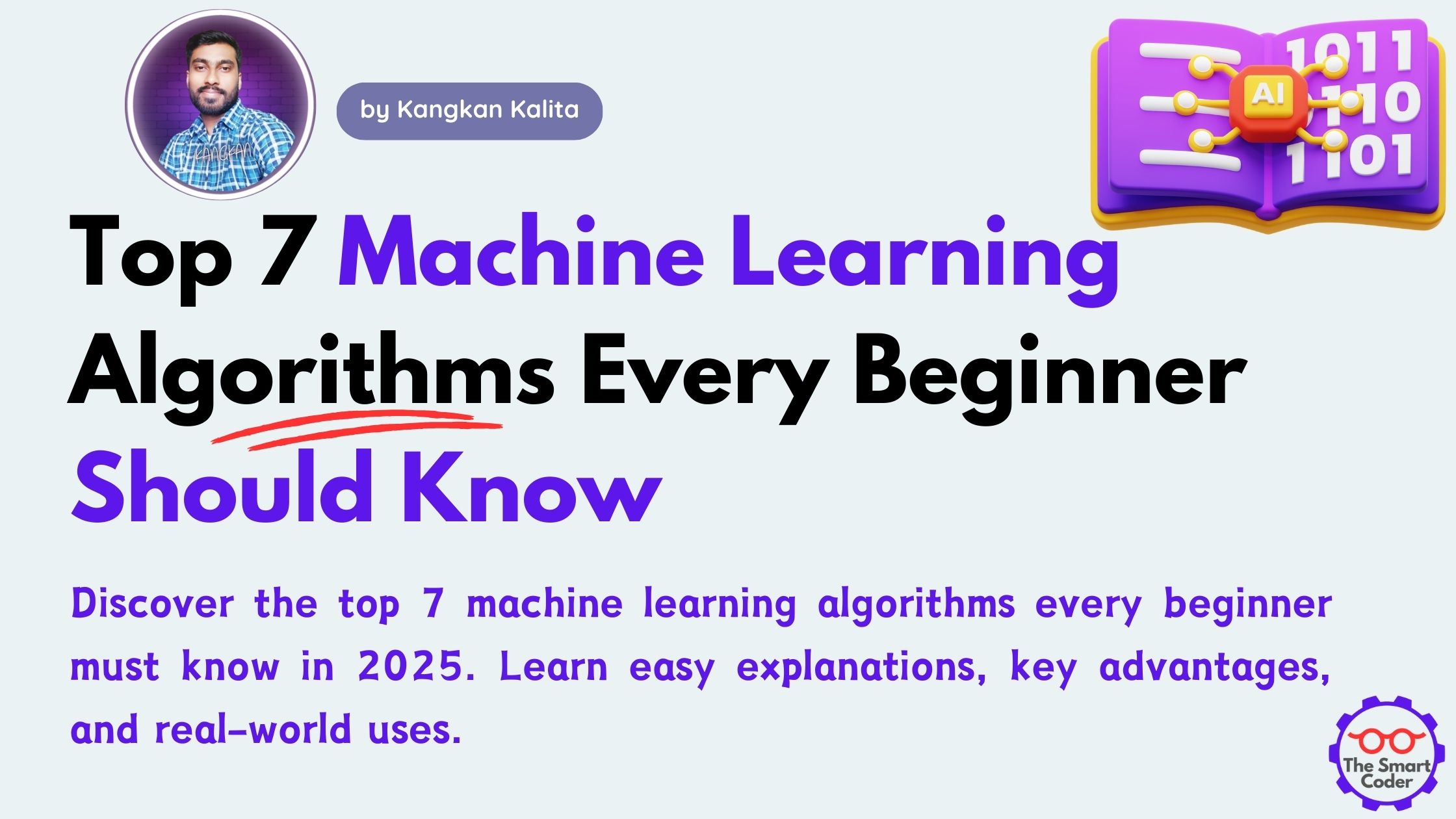
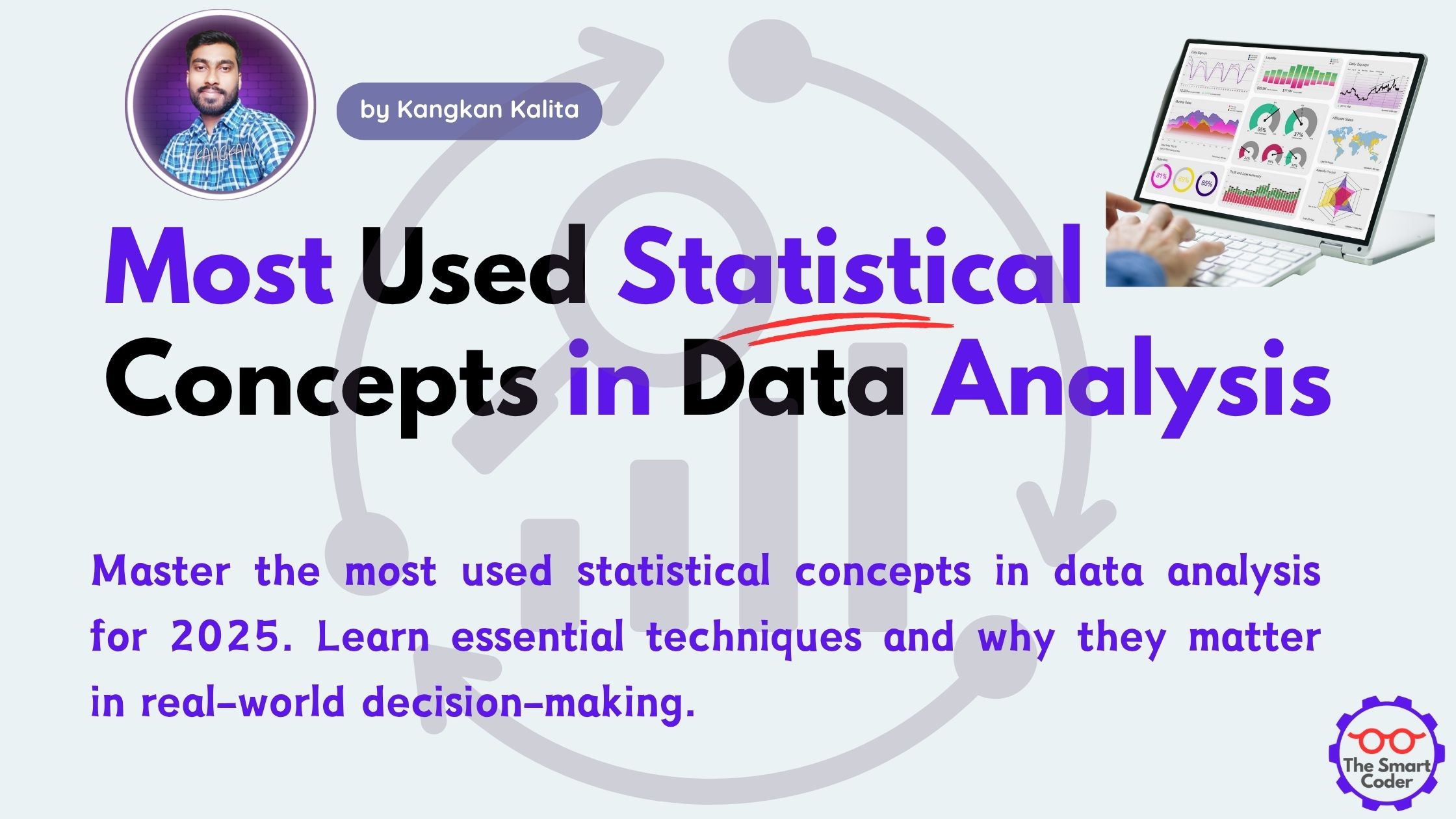

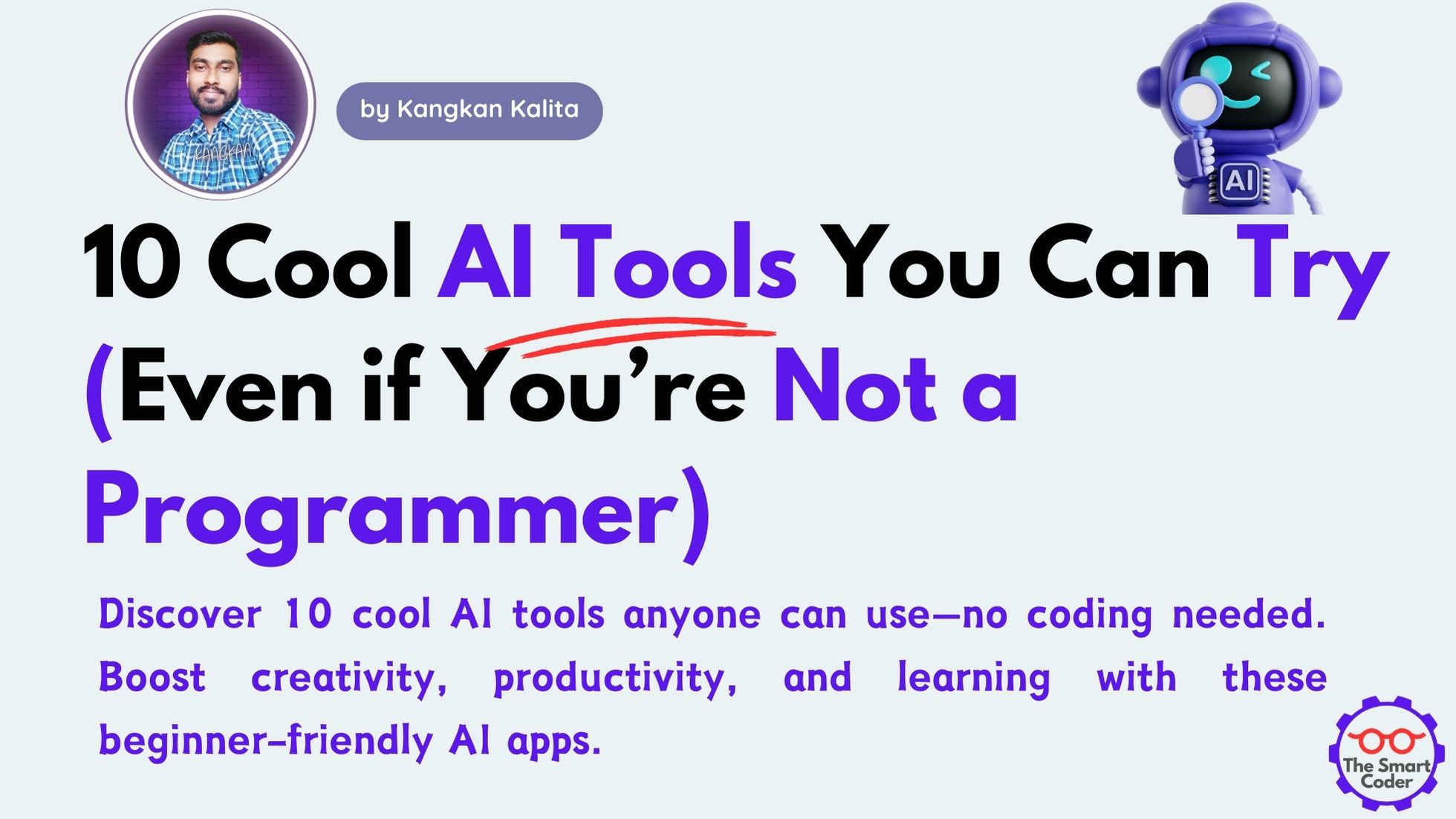

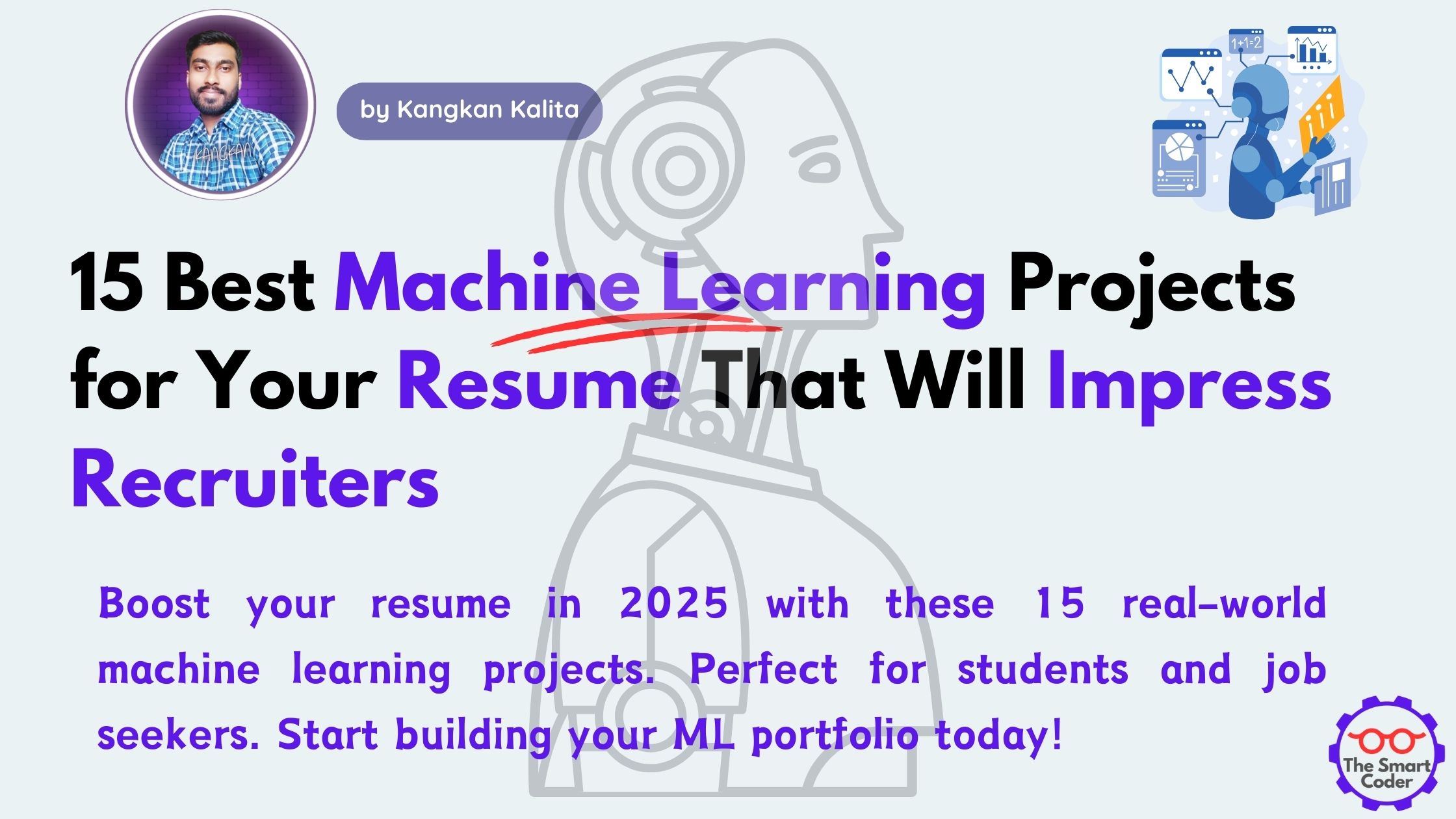
Your point of view caught my eye and was very interesting. Thanks. I have a question for you.